Rodrigo Amarante
Augarten, 2014
We have to admit that we also haven’t heard of Rodrigo Amarante before. We just stumbled across his name, when we happily realized that Angel Olsen was going to play in Vienna and Rodrigo Amarante was going to be the support act. But once we had a listen to his music, we were over the moon and we came to realize that we’ve heard the voice of the Brazilian singer-songwriter before. Actually we recognized it from Little Joy, a trio consisting of Binki Shapiro, Fabrizio Moretti and, of course, Rodrigo Amarante. Even more people in the US might know him from playing in Devendra Banhart’s band and most people in Latin America might know him from the rock-band Los Hermanos. So Rodrigo Amarante had not only one, but manifold musical careers and it surely takes some guts to leave a successful band like Los Hermanos behind, that plays stadium-rock sized shows in Brazil, to try a fresh restart in the US. After having worked with many great artists in his current hometown L.A., Rodrigo Amarante has finally put out his wonderful first solo record “Cavalo” which brings him back to touring. And he surely doesn’t seem to mind being relatively unknown once again and opening for his friend Angel Olsen. This way he has also time for a stroll through the park, where he performs “The Ribbon”, a song of melancholic beauty, in the autumn sun competing with the wind.
- Photography
- Sarah Brugner
- Artist
- Rodrigo Amarante
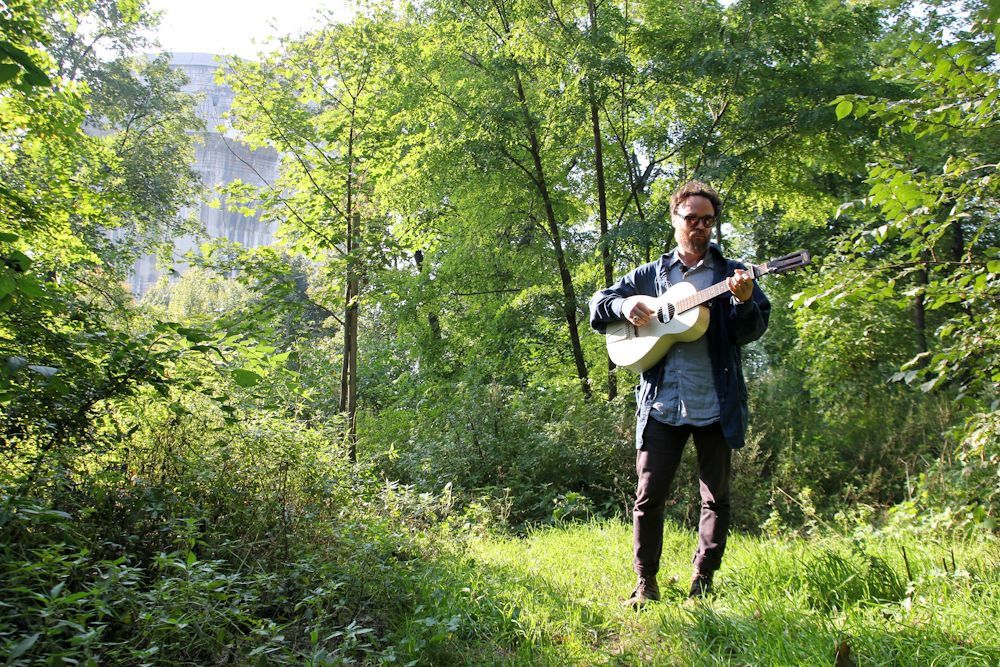
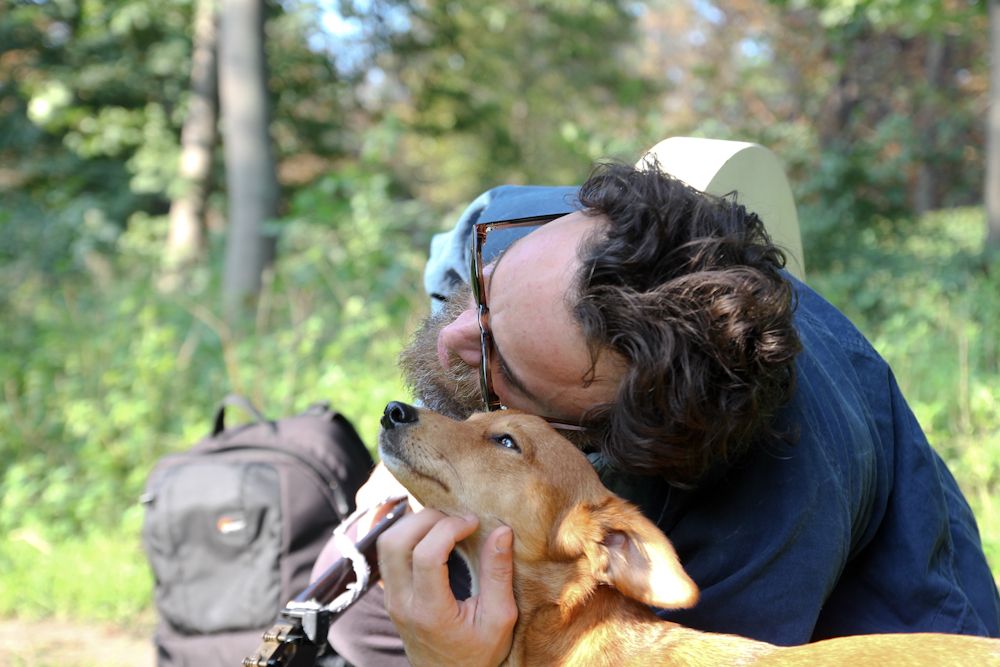
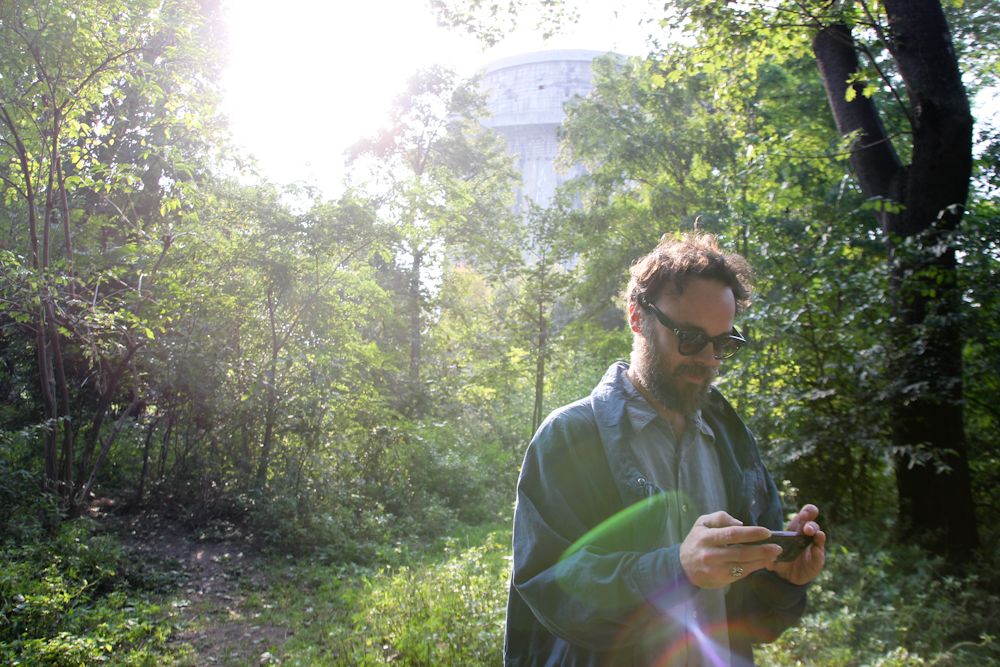
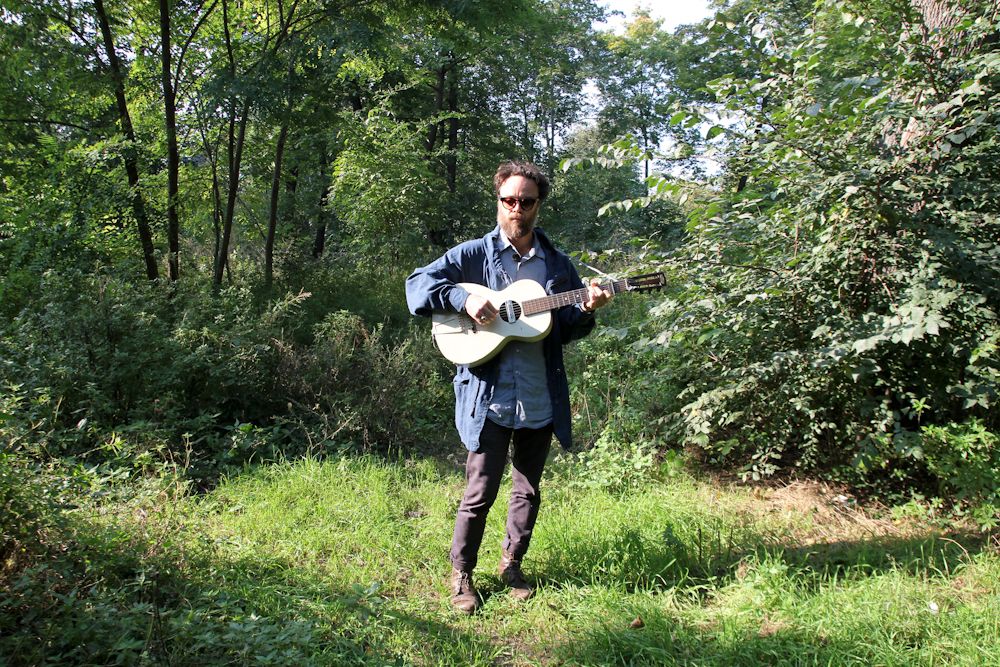
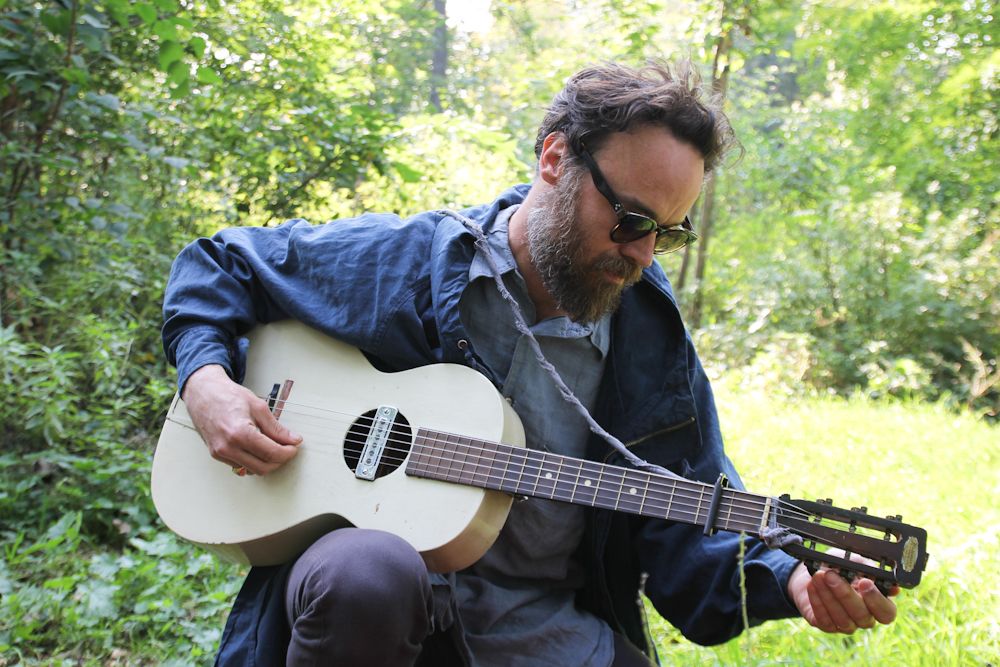
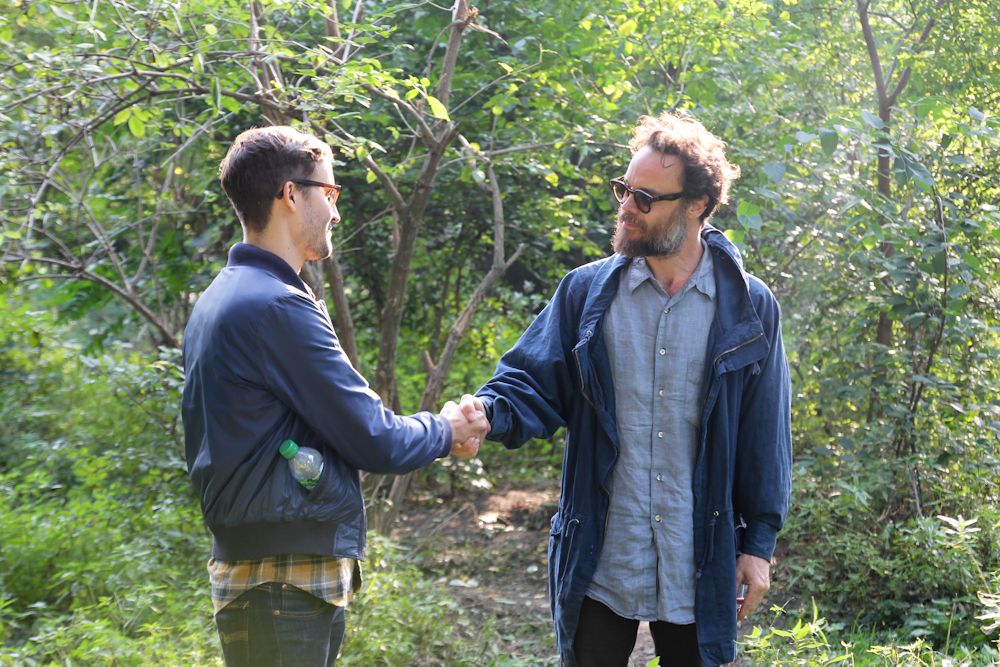
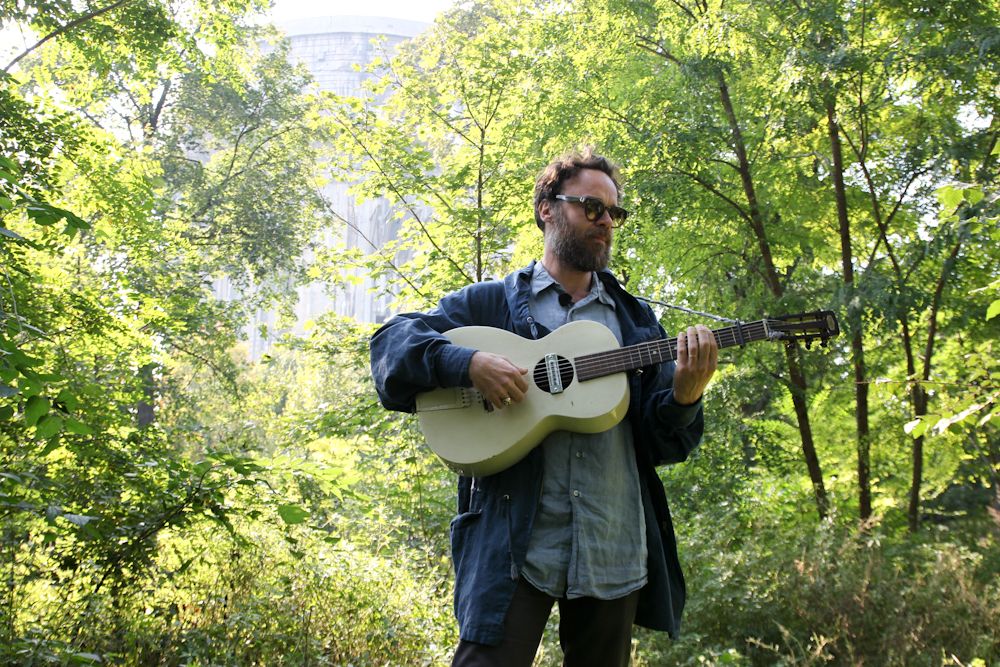
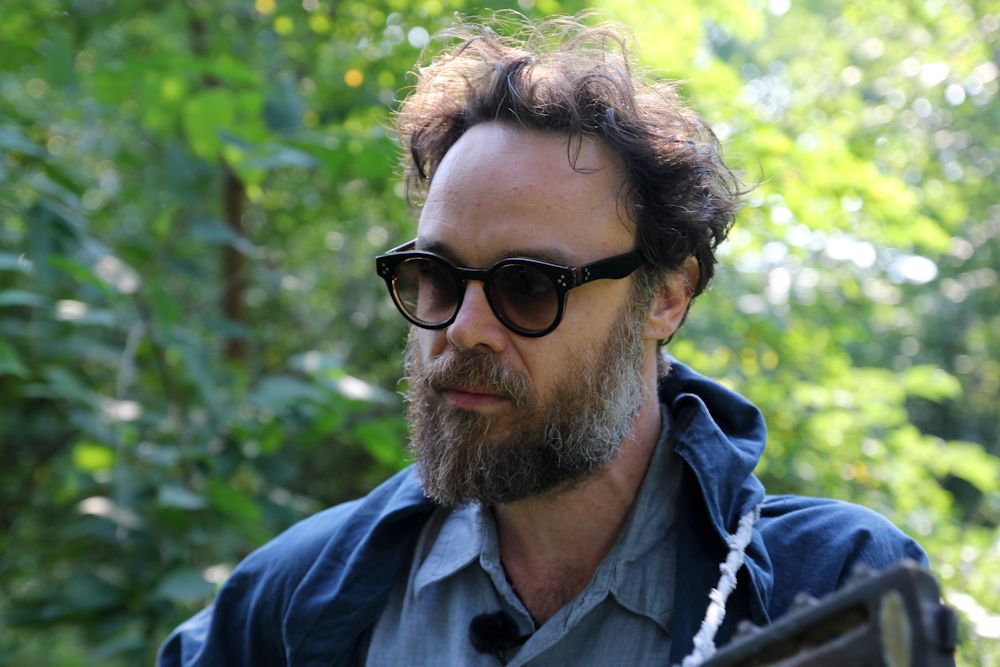
Augarten
The oldest baroque garden in Vienna is 52 hectares big and lies in the second district Leopoldstadt. The former meadow (“Au” in German) served as an imperial hunting ground and gardens before it was opened for the public in 1775. Along gravel paths various alleys lead through Augarten that offers besides beautifully-to-look-at gardens enough green space to chill, have a picnic or do sports. Most striking are the two Flaktürme (concrete bunkers – built during the German Reich – to protect from and fight bombers) that overtower the pleasant scenery. Since a blasting operation has failed in the 1960’s (the cracks can be seen on one tower, yet it proved to be indestructible), the grey colossi are left there as reminders of World War II. Nowadays cultural life has returned to the site, where once some famous morning concerts by Mozart took place. Classy institutions like Vienna’s boy’s choir or the porcelain manufacture can be found next to younger ones like the exhibition space for contemporary art Augarten Contemporary, the venue Bunkerei or the Filmarchiv Austria with an open air cinema during summer.